We may earn money or products from the companies mentioned in this post. This means if you click on the link and purchase the item, I will receive a small commission at no extra cost to you … you’re just helping re-supply our family’s travel fund.
Maine’s coastline has always appealed to travelers, but locals say the recent influx of wealthy tourists and second-home buyers is changing their towns faster than they can adapt. Seasonal populations now swell to several times their winter size, while property values rise far beyond what local wages can support. Longtime residents worry that traditional working-waterfront culture, affordable neighborhoods, and community stability are being traded for profit, prestige, and high-end vacation appeal.
1. Bar Harbor
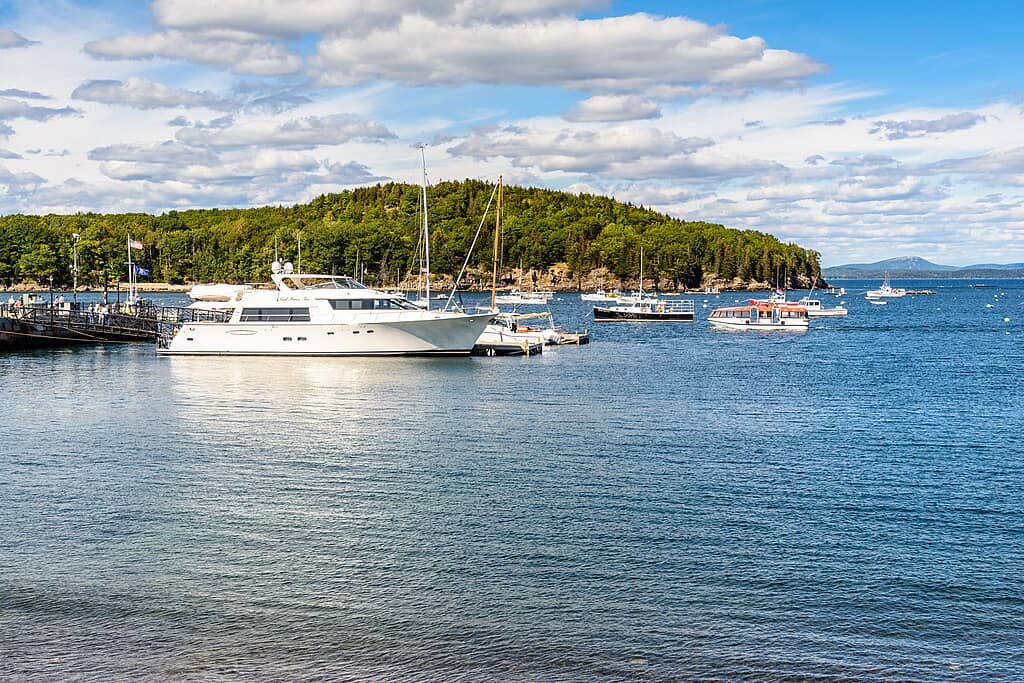
Bar Harbor receives more than 4 million visitors each year, and locals say the town’s narrow roads and limited housing can’t handle this scale. Median home prices have climbed over 38% in five years as investors compete for vacation properties, leaving workers struggling to stay nearby. Cruise ships can release more than 3,000 passengers at once, overwhelming downtown and straining services. Residents fear the maritime character that once defined the community is fading under relentless tourist pressure.
2. Camden
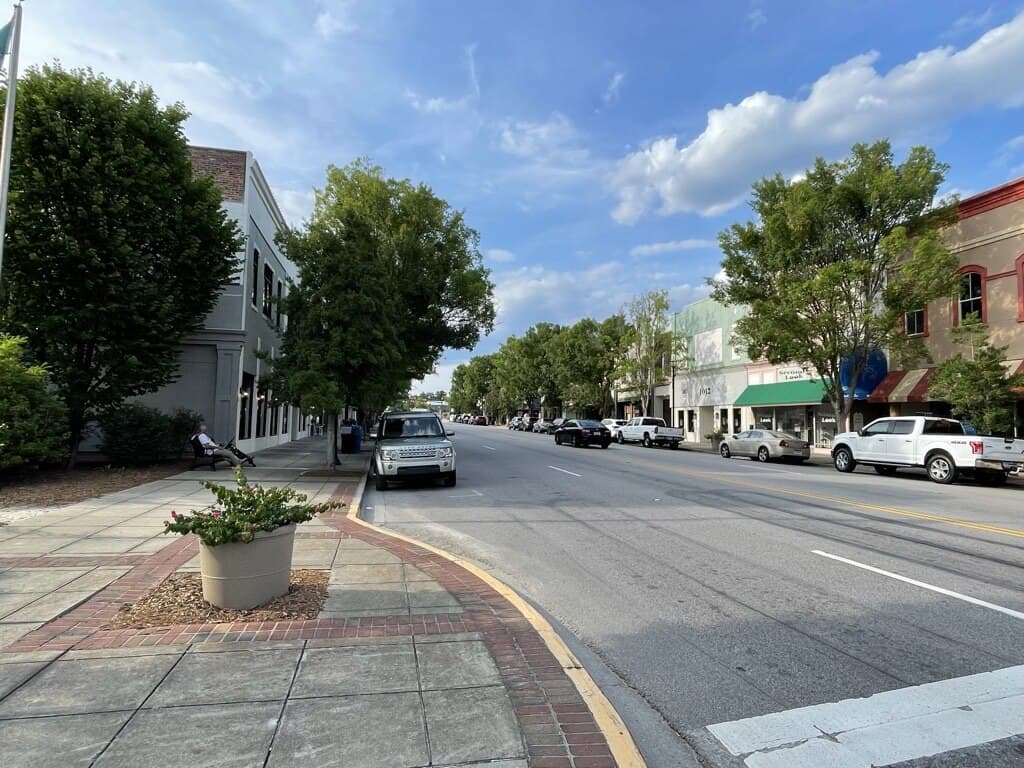
Camden’s scenic harbor draws high-income summer crowds, pushing median home prices above $550,000—almost double Maine’s state average. Seasonal traffic increases by more than 200%, and the historic downtown becomes packed during peak months. Around 11% of local housing is now used as short-term rentals, shrinking options for full-time workers. Locals say the town’s balance is shifting toward upscale tourism, gradually replacing the working-waterfront identity that shaped Camden for generations.
3. Kennebunkport

Kennebunkport’s luxury reputation has intensified demand for coastal real estate, with many properties selling for over $1 million. More than 20% of homes are estimated to be seasonal or vacation-use only, pushing year-round residents farther inland. Summer population spikes can triple the town’s size, pressuring parking, beaches, and emergency services. Locals argue that rising taxes and the loss of affordable homes are making the community feel less like a town and more like a curated vacation enclave.
4. Boothbay Harbor

Boothbay Harbor has seen a rapid increase in short-term rentals, now accounting for nearly 14% of local housing, leaving workers scrambling for year-round options. Tourist numbers can double the population during peak months, crowding streets and waterfront walkways. Home prices have risen more than 32% since 2020, driven largely by second-home buyers looking for ocean views. Residents say once-quiet neighborhoods now feel transient, with familiar community ties weakened by constant turnover of visitors.
5. York
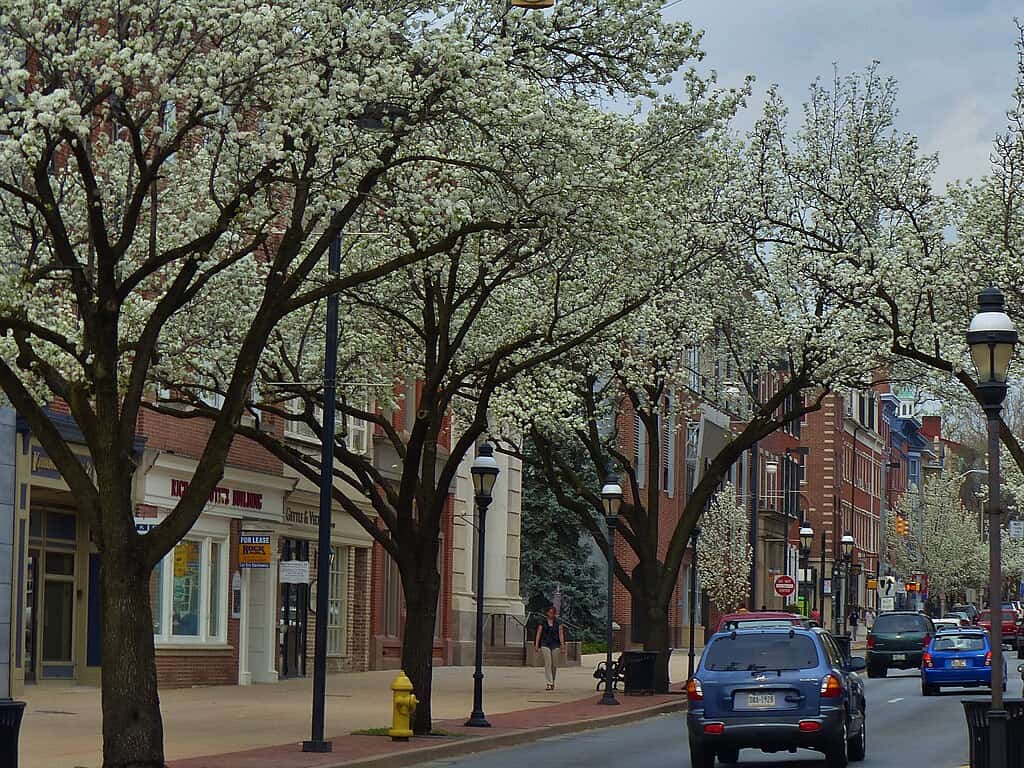
York experiences heavy seasonal surges, with summer populations climbing past 40,000 despite fewer than 15,000 year-round residents. The boom in short-term rentals has led to increased complaints about noise, parking shortages, and neighborhood disruption. Median home prices now exceed $600,000, placing local families at a disadvantage against investors and wealthy out-of-state buyers. Many residents feel the seaside charm is being undercut by crowding and by the steady loss of stable, long-term community life.
6. Old Orchard Beach

Old Orchard Beach sees some of the highest tourist volumes in southern Maine, and peak-season crowds can reach more than 75,000 people. As short-term rentals expand into residential streets, longtime tenants report displacement and rent spikes. Property values have climbed by over 30% in just a few years, leaving workers priced out of the area. Locals say infrastructure struggles to handle constant turnover, and the town’s relaxed beach culture is being overshadowed by commercial expansion aimed at wealthier visitors.
7. Rockland
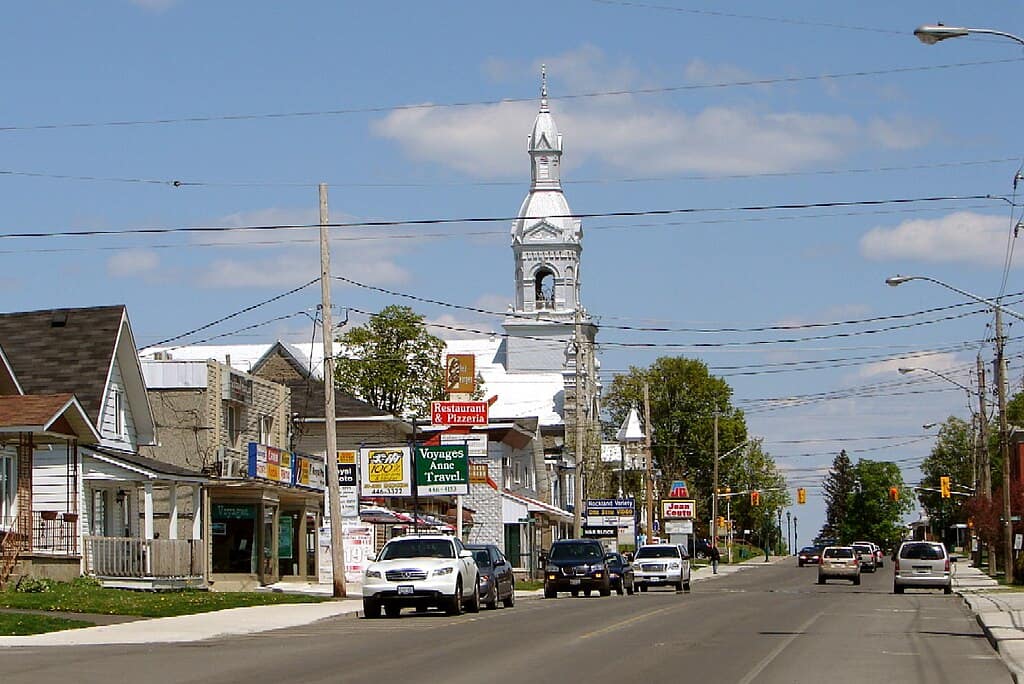
Rockland’s coastal revival has attracted affluent newcomers, driving median home prices above $400,000 and increasing demand for investor-owned rentals. The town issued dozens of permits for non-owner-occupied short-term rentals, raising concerns about the erosion of neighborhood stability. Tourist traffic can swell by nearly 150% in summer, intensifying parking shortages and crowding the waterfront. Residents worry that the authentic maritime character that once set Rockland apart is slowly being reshaped by upscale tourism trends.
8. Blue Hill
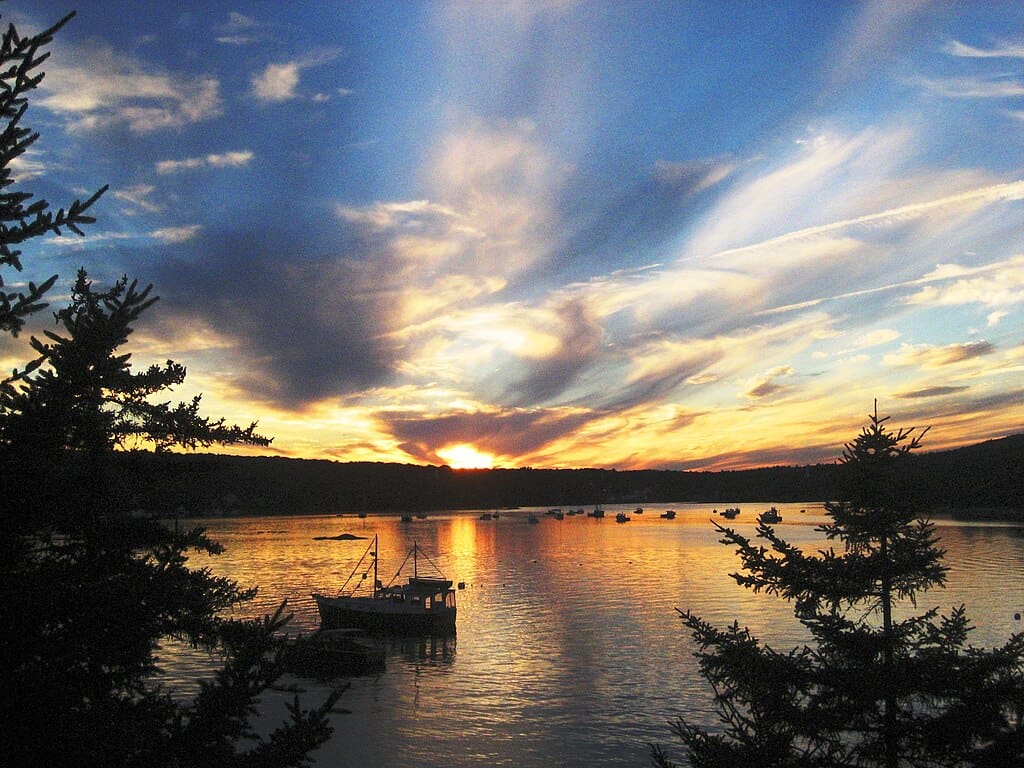
Blue Hill’s quiet charm has drawn a rising number of well-off second-home buyers, which has pushed median home prices beyond $500,000—far above what local wages can support. Seasonal residents boost the population by more than 60% in summer, increasing demand on roads and small-town services. As more properties convert to vacation homes, year-round housing has grown scarce. Locals feel their traditionally arts-focused, close-knit community is gradually being replaced by a more transient, luxury-oriented crowd.
9. Damariscotta
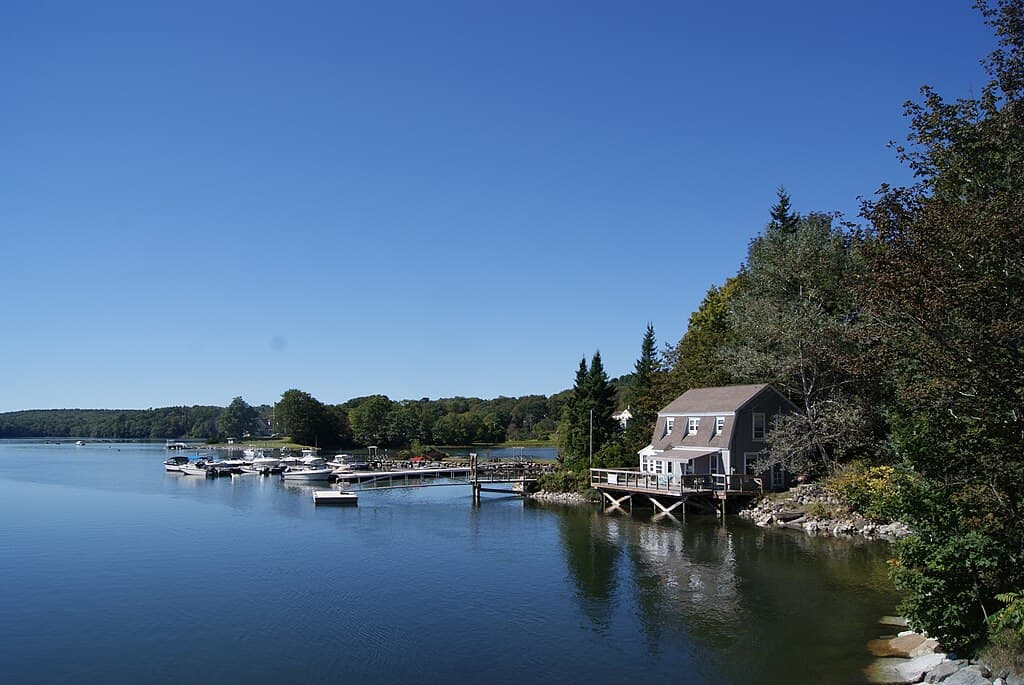
Damariscotta’s waterfront has become increasingly popular with affluent visitors, raising home prices nearly 35% since 2019 and tightening rental availability. Tourist activity can swell the population by over 120% during peak months, crowding parking lots and stressing local shops. Longtime residents say seasonal buyers often outbid them for homes, reducing the number of families able to stay within town limits. Many fear Damariscotta’s small-town identity is drifting toward a boutique tourist destination.
Other Blog Posts You Might Enjoy
www.idyllicpursuit.com (Article Sourced Website)
#Maine #Coastal #Towns #Locals #Ruined #Wealthy #Tourists #Idyllic #Pursuit
